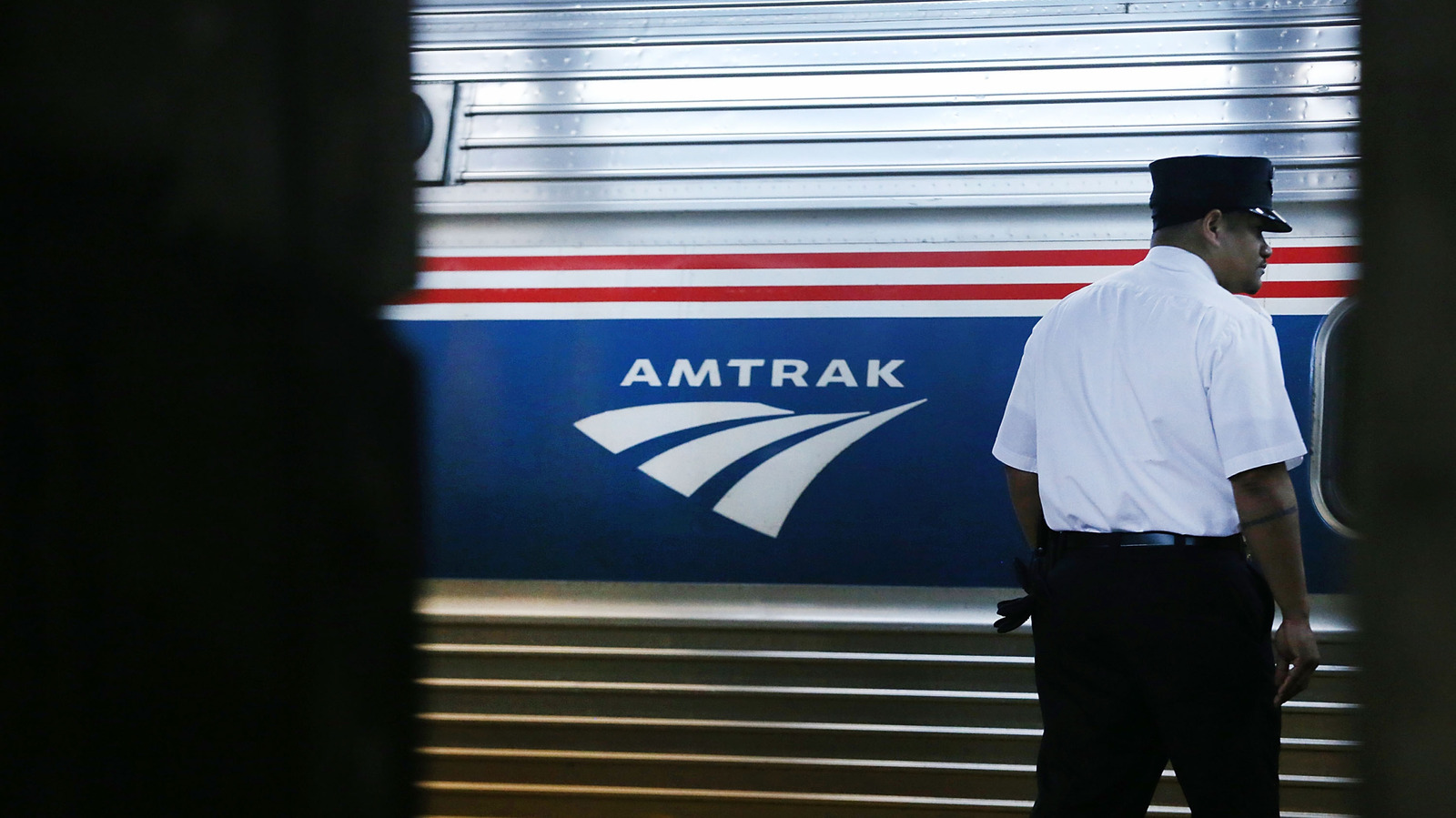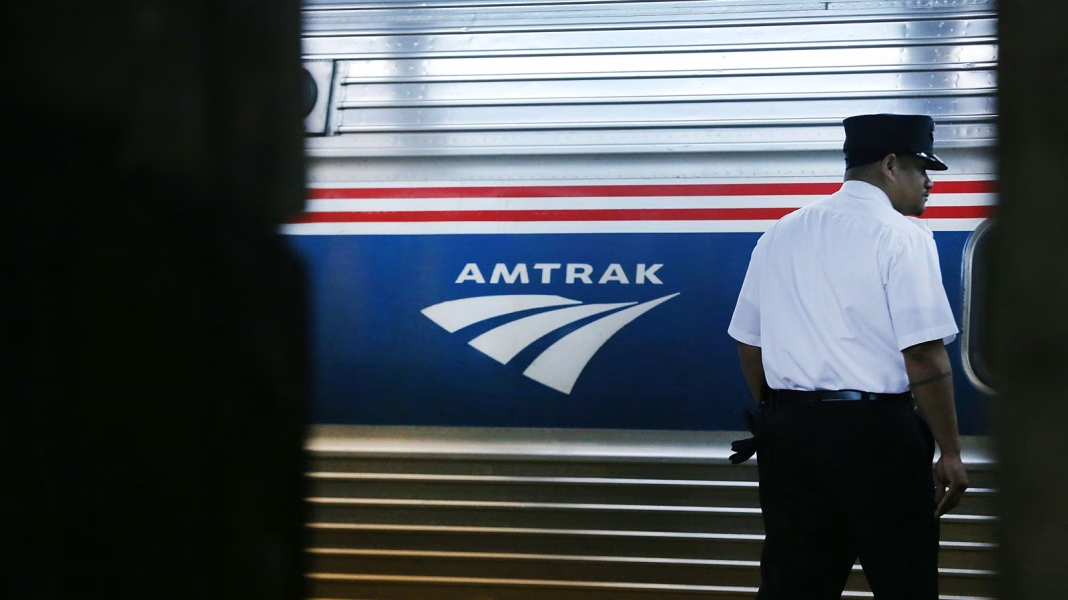Understanding the Risks of Firearm Accessibility in Public Spaces
The recent incident involving a man carrying an arsenal of firearms onto an Amtrak train has raised significant concerns about public safety and firearm accessibility in transit systems. Authorities discovered assault rifles, large-capacity magazines, silencers, and even a booby-trapped rifle in the man’s possession, highlighting the potential dangers posed by individuals who may exploit lax regulations surrounding firearms. This alarming event serves as a critical reminder of the ongoing debates surrounding gun control, public safety, and the responsibilities of both individuals and authorities.
Assessing the Threat of Firearms in Transit
The presence of firearms in public spaces, especially in crowded environments like train stations, poses a unique set of challenges. According to a study published by the American Journal of Public Health, incidents involving firearms in public transport systems can lead to heightened fear among passengers and increased anxiety about personal safety. The psychological impact of such events can linger long after the immediate threat has been neutralized, affecting how individuals perceive public spaces.
In this particular case, the man’s ability to carry such a significant amount of weaponry raises questions about the effectiveness of current security measures in transit systems. While many train stations have implemented screening processes, the incident underscores the need for more robust protocols to detect and deter individuals attempting to bring firearms onto public transport.
The Role of Legislation in Firearm Accessibility
Legislation surrounding firearm ownership and transport varies widely across the United States, leading to inconsistencies in how laws are enforced. Some states have more stringent regulations, while others maintain a more permissive stance. This patchwork of laws can create loopholes that individuals may exploit, as seen in this incident.
Experts argue that comprehensive background checks and restrictions on the types of firearms that can be carried in public spaces are essential for enhancing safety. A report from the Giffords Law Center indicates that states with stricter gun laws tend to experience lower rates of gun violence. This correlation suggests that legislative measures can play a crucial role in preventing dangerous situations like the one witnessed on the Amtrak train.
Community Awareness and Preparedness
In light of such incidents, community awareness and preparedness become paramount. Public transportation authorities and local governments can take proactive steps to educate passengers about recognizing suspicious behavior and reporting it to authorities. Training programs that focus on situational awareness can empower individuals to act swiftly in the face of potential threats.
Moreover, collaboration between law enforcement and transit authorities can lead to more effective responses to threats. Regular drills and simulations can prepare both personnel and the public for emergency situations, ensuring that everyone knows how to react appropriately if faced with a firearm-related incident.
Real-World Implications and Future Considerations
The implications of this incident extend beyond immediate safety concerns; they also touch on broader societal issues regarding gun culture and public policy. As communities grapple with the balance between individual rights and collective safety, discussions about responsible gun ownership and the importance of mental health resources become increasingly relevant.
Furthermore, as technology evolves, so too must our approaches to security. Innovations such as advanced screening technologies and artificial intelligence could enhance detection capabilities in transit systems, potentially preventing future incidents before they escalate.
In summary, the alarming discovery of firearms in a public transit setting serves as a wake-up call for communities and policymakers alike. By fostering a culture of awareness, advocating for sensible legislation, and enhancing security measures, we can work towards creating safer public spaces for everyone. The responsibility lies not only with authorities but also with individuals who must remain vigilant and engaged in discussions about firearm safety and public welfare.


